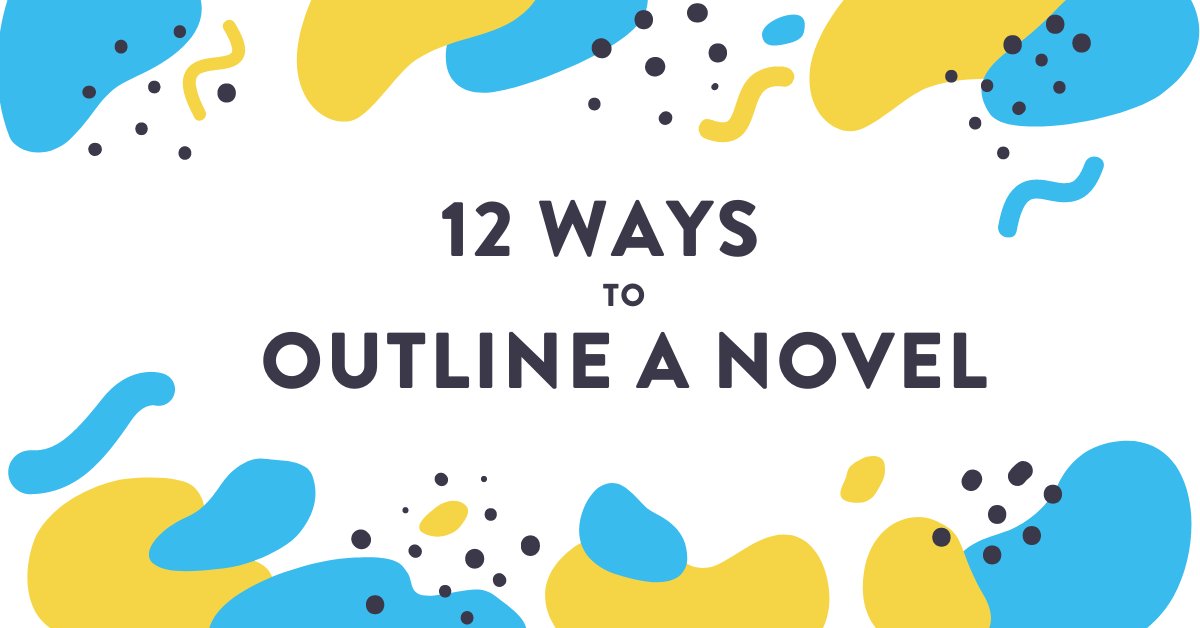 Whether you’re a planner or a pantser, just hear me out.
Whether you’re a planner or a pantser, just hear me out.
For the writer, an outline is a tool.
A good outline helps you do two things.
- See the big picture
- Organize the little details
A good outline will remind you that your characters are supposed to have a major battle on a cruise ship. It will also help you see the story with a broader view overall, for example, the cruise ship is barreling towards a volcano.
But a great outline will help you accomplish THREE things.
- See the big picture
- Organize the little details
- Utilize your creativity
A great outline will let you see that your characters battling on a cruise are really fighting over decades of pent-up sibling rivalries. As they get closer and closer to the volcano, more than one thing is going to explode.
So how do you know which outline techniques to use? It all depends on you and how you write best!
This list below includes 12 outlining methods used by famous and novice writers alike. I recommend trying techniques that seem interesting to you. Free feel to combine or dissect these methods to make them fit your style.
1. The Snowflake Method
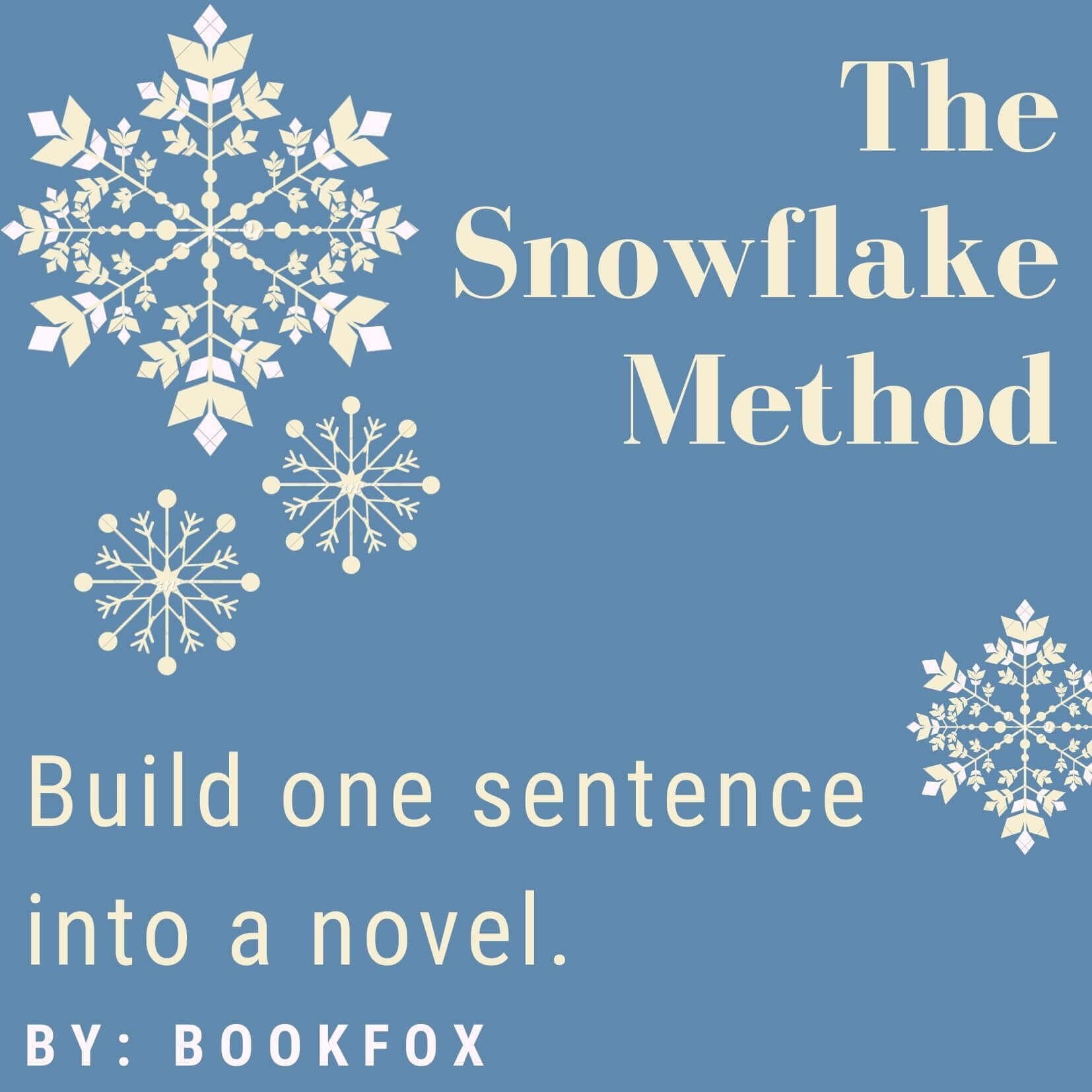
- Focus on the big picture
- Increase story cohesion
- Hone your vision
Created by award-winning author and theoretical physicist, Randy Ingermanson, the snowflake method starts with one sentence. Then, through various points of view exercises and extended summaries, it snowballs into a book!
All in all, it’s a 10 step program that increases the cohesion and thematics of your story. It’s a long term outline that requires focus and commitment to your project that will pay off in the long run!
This outline is best fitted for writers who admit they like to plan. Who enjoy have a sense of where they are going before putting pen to paper (or fingers to keys).
2. The Agenda Method
- Reinforces timelines
- Compatible with multiple POVs
- Regulates pacing
If you’re someone who likes having detailed notes on every aspect of your novel all in one place, you should try the agenda method.
The first thing you need to do is buy a monthly planner or agenda. If you’re like me, you’ll want one with blank pages for sketching ideas.
Then you fill out the agenda as if you were your main protagonist/s, charting out their quest. Use calendar pages as a timeline. Daily or weekly pages organize what goals are being pursued and how subplots are moving along.
It’s an excellent way to manage stories with epic-scale narratives or multiple points of view.
3. Flashcards
- Detail-oriented
- Flexible to the max
- Visual planning
Flashcards have been used in screenwriting and movie making for decades to organize (and reorganize) scenes. They can make great outlines for novelists too!
Your flashcards can contain any information relevant to your story. You can create cards for characters, chapters, or even different settings.
They function as a wonderful tool for authors who want to see their stories laid out in front of them. Fun fact: most Hollywood movies are 51 cards or less, but you can use as many as you want.
The best part? Flashcards are cheap. You can buy 100 multicolored index cards for $1.03 online.
4. Timelines
- Tracks dates and events
- Regulates pacing
- Easy to use
Timelines are a big deal.
That’s why many writers choose to build their outline around their timeline. Authors like Dan Brown, J.K. Rowling, and Amanda Patterson are all strong advocates of using a timeline to plot out your novel.
Although timelines are important, that doesn’t mean they are difficult to create. If you’re struggling to put together a timeline of major events that’s a red flag.
You can use a singular timeline or intertwine multiple timelines following lots of characters. If you have multiple points of view to bring together, Ulysses’ timeline app, Aeon Timeline is a great resource.
5. Point A to B
- Creative freedom
- Finish line within sight
- Very flexible
This is sometimes referred to as The Bookend Method. In reality, it’s the pantser’s version of a timeline.
Using this method you only need to know where you’re starting your story (A) and where it’s ending (B). This gives you a general direction to work in without putting any confines on your story.
Joyce Carol Oates wrote many of her stories like this. One of my favorites quotes by her is “The first sentence can’t be written until the final sentence is written.”
Also, keep in mind during your writing process that points A and B might be to be adjusted along the way and that’s encouraged!
6. The Snapshots Method
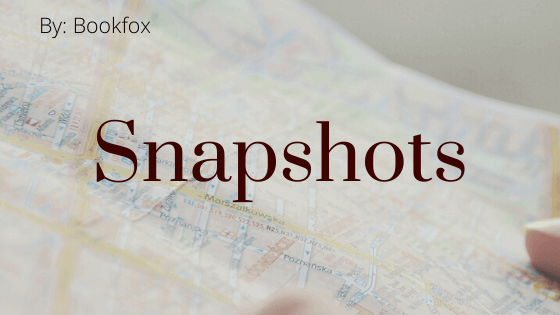
- Visually engaging
- Promotes creative flow
- Clarifies your vision
The snapshot method is the child of scrapbooking and Pinterest. It involves using images and quotes to guide your writing process.
Maps, character sketches, and pictures of celebrities that perfectly capture your charming protagonist are all materials you could use for a snapshot outline.
The key here is organizing these materials based on a timeline or relevance, then interacting with them. Hand drawing maps and characters will help you remember them better. You can even print out images and write summaries connecting them to your book!
Just remember snapshots serve as inspiration and direction. They shouldn’t substitute for original work.
7. The Report
- Clarifying
- Detail-oriented
- Highlights themes and character development
The report, the synopsis, the skeleton, this is the outline old as time. This is a rough bulleted outline of your story. It can include all the tiny details or it can be a vague summary of events.
Think of the report as Sparknotes for your book, could you pass a reading comprehension test on your novel?
While this isn’t the most exciting method of outlining, it’s straight-forward. It can help you get through a messy first draft or explain your novel to an agent by giving you all the information you need in a few short pages.
8. Spreadsheets
- See the big picture
- Easy to organize and reorganize
- Effective summarization
Yes, huge excel documents can be intimidating; but they don’t have to be!
Outlining via spreadsheets doesn’t require advanced formatting knowledge. Plus it can be extremely gratifying to see your novel plotted out in a clean, understandable fashion.
Michael J. Martinez used a spreadsheet to plot out his novel MJ-12: Inception and shared his spreadsheet outline with Writer’s Digest. It’s free and available for download. Thanks, Michael!
9. Phone a Friend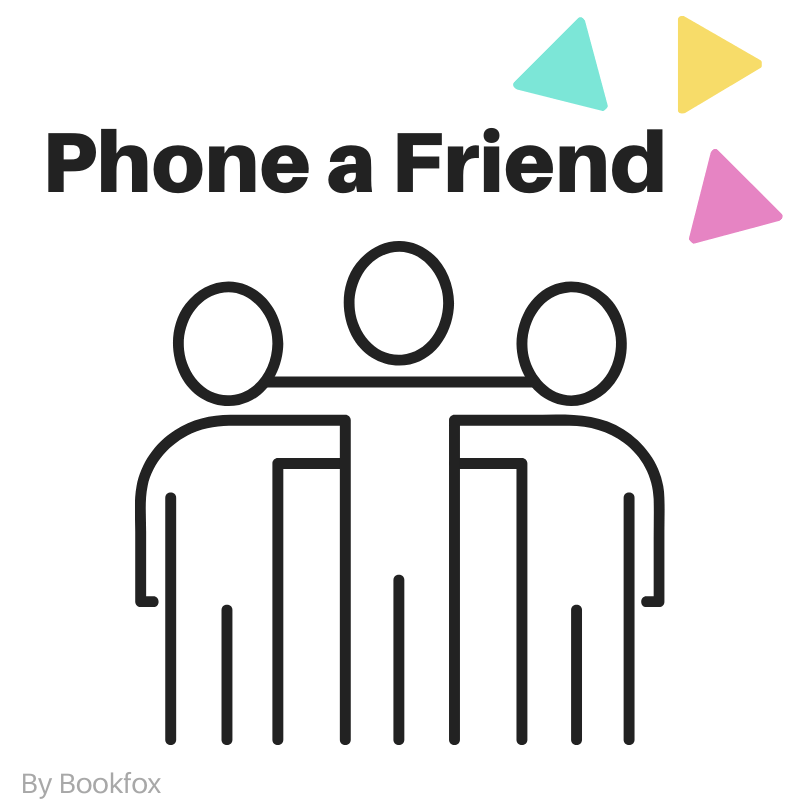
- Supports creative flow
- Organizational
- Confidence booster
Pansters rejoice! This one is for you.
Every writer who aspires to publish a novel should be able to explain it through spoken words. You don’t want to freeze when you run into an agent and they ask for a summary of your work.
Talking through plot points, character arcs, or the logistics of gunshot wounds with someone can help you see what direction your novel is headed.
You can turn these conversations into an outline by taking notes as you chat with a friend or record your conversations to refer back to as needed.
Just remember not to hold anyone captive, maybe buy your friend a coffee first.
10. Three Acts Method
- Pre-determined format
- Improves cohesion
- Tracks timeline
This outlining method will feel familiar to script-writers, but it’s been used by writers of all trades.
Breaking your story into three large selections makes it feel more manageable.
Writers for Writers has a great breakdown of how to align your story with the three-act structure. In summary, this method can help you find plot holes and track your pacing without starting from scratch.
Keep in mind, you can also subvert this formula to better fit the needs of your novel.
11. The Godzilla Outline
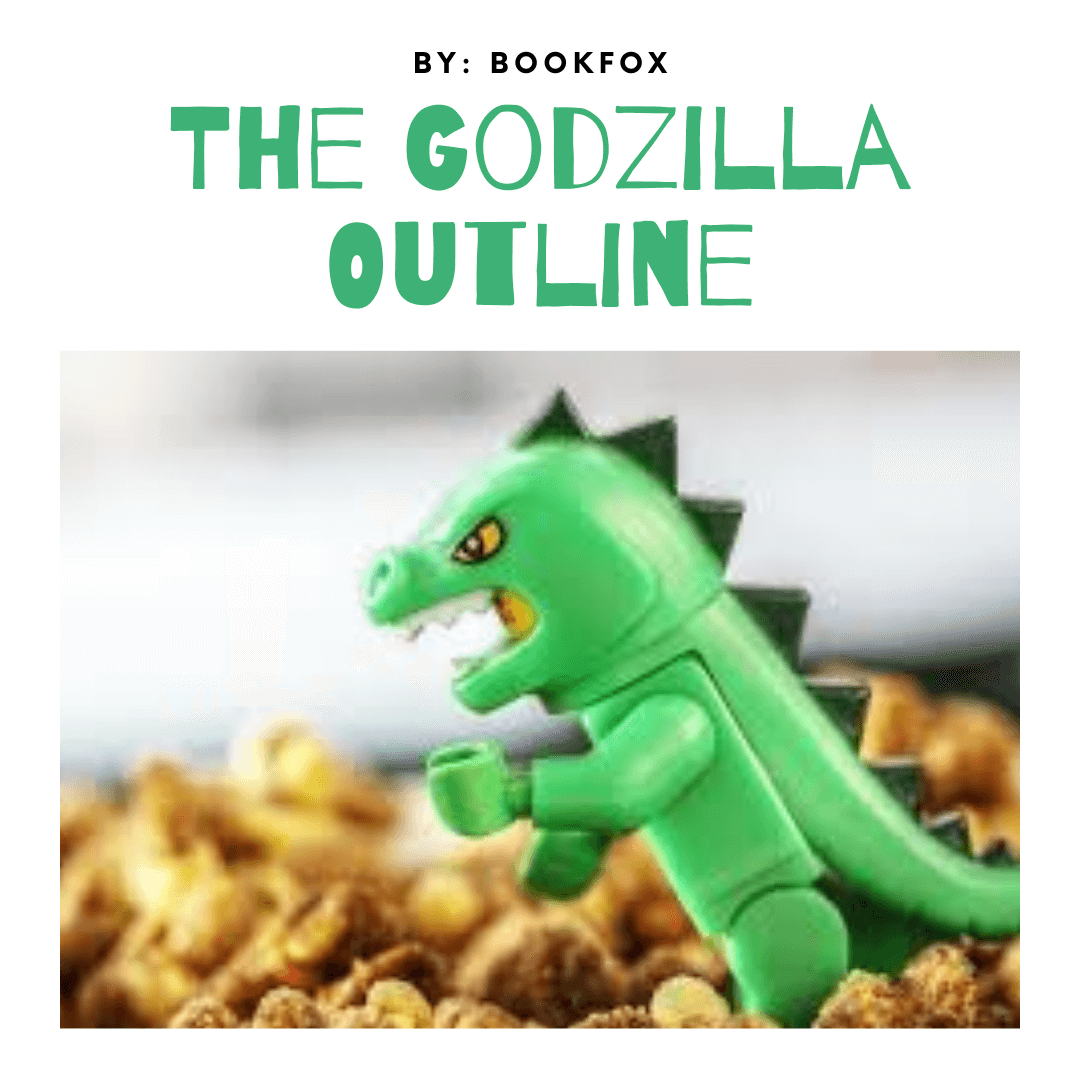
- Focuses on expansion
- Seeks the heart of your story
- Promotes exploration
The Godzilla outline is loosely based on the 30-days method of writing a novel. The goal here is to write a short compact story that will hatch into a complete novel.
While traditionally, people build outwards from a summary, then continually flesh it out with more details and actions (feeding the beast, if you will), there aren’t any rules set in stone.
Patrick Rothfuss started The Kingkiller Chronicles by writing a singular scene that would eventually be built into a 650,000 word saga (that is still growing as we speak).
This method allows you the creative freedom to follow your story down rabbit holes while reminding you why you started in the first place.
12. The Tree Method
- Plant your idea
- Branch out plots and characters
- Put down roots for larger projects
I like to think of the tree outline as the sophisticated, more “spruced-up” older sibling of the brainstorm. Tree diagrams organize chaos without leafing out new ideas. A few years back, the Independent Publishing Magazine published an article on tree outlines explaining how they can be used, but I’ll provide the nuts and branches below.
This is a tool to help you visualize your story, and organize your ideas. Your seed is the basis for your story. The trunk of the tree is your central plot. Branches can refer to character subplots with twigs and leaves of detailing.
My favorite feature of the tree outline (besides all the sappy puns) is the idea of a novel having roots.
The roots are all the details necessary for writing your novel, like knowing where the borders of your settings are and what’s beyond them. Anything below the surface isn’t integral to your story, but it plants the foundational rules of your book’s universe.
How Do I Choose?
Regardless of how you choose between all these choices (or not to plan at all), the choice is yours!
Words aren’t bricks. Words can be added, removed, or changed with little difficulty.
It never hurts to take a step back and look at your story as a whole. If you don’t love what you see, outlines let you draw up some blueprints to see what went wrong.
Do you have a go-to outline method?
Share it in the comments below! The more the merrier!
About the Author:
Hello! I’m down here!
My name is Grace Giska. I am an undergraduate student studying Creative Writing and the author of three novels, one of which I like a lot. I enjoy long walks through enchanted forests and travel blogging on my site, Pack a Pen!
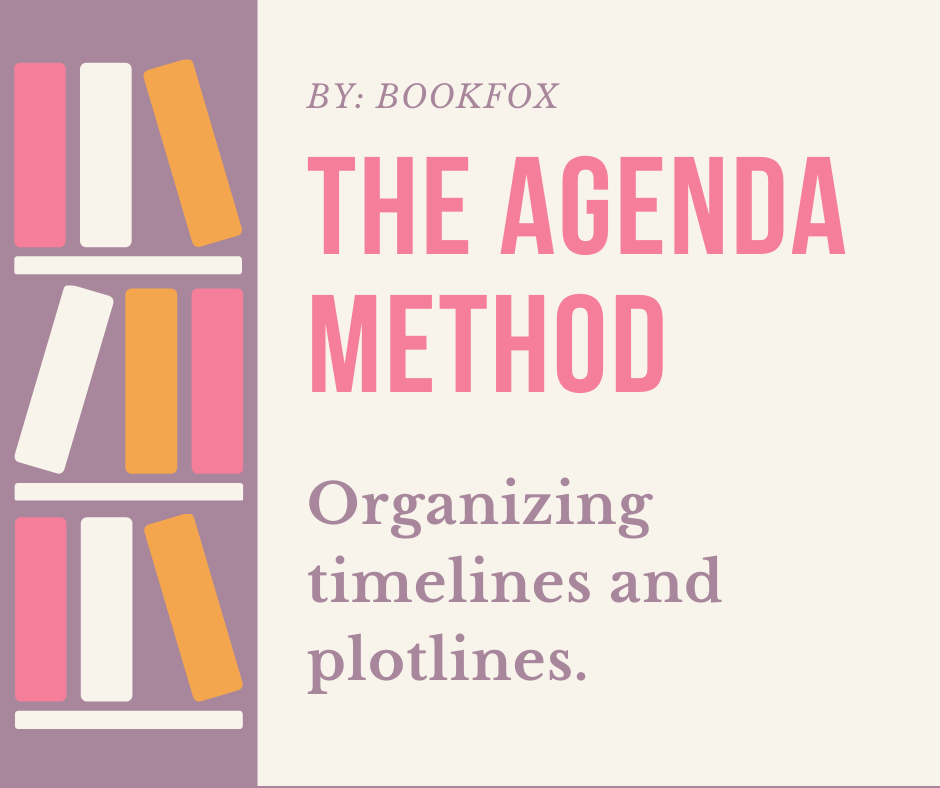
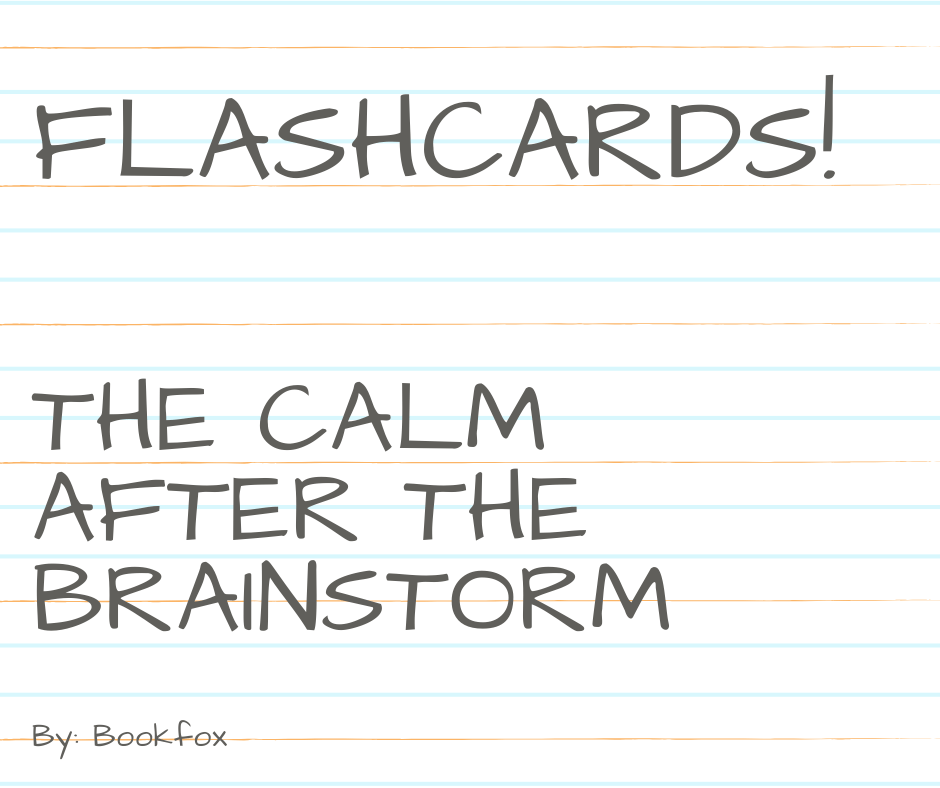
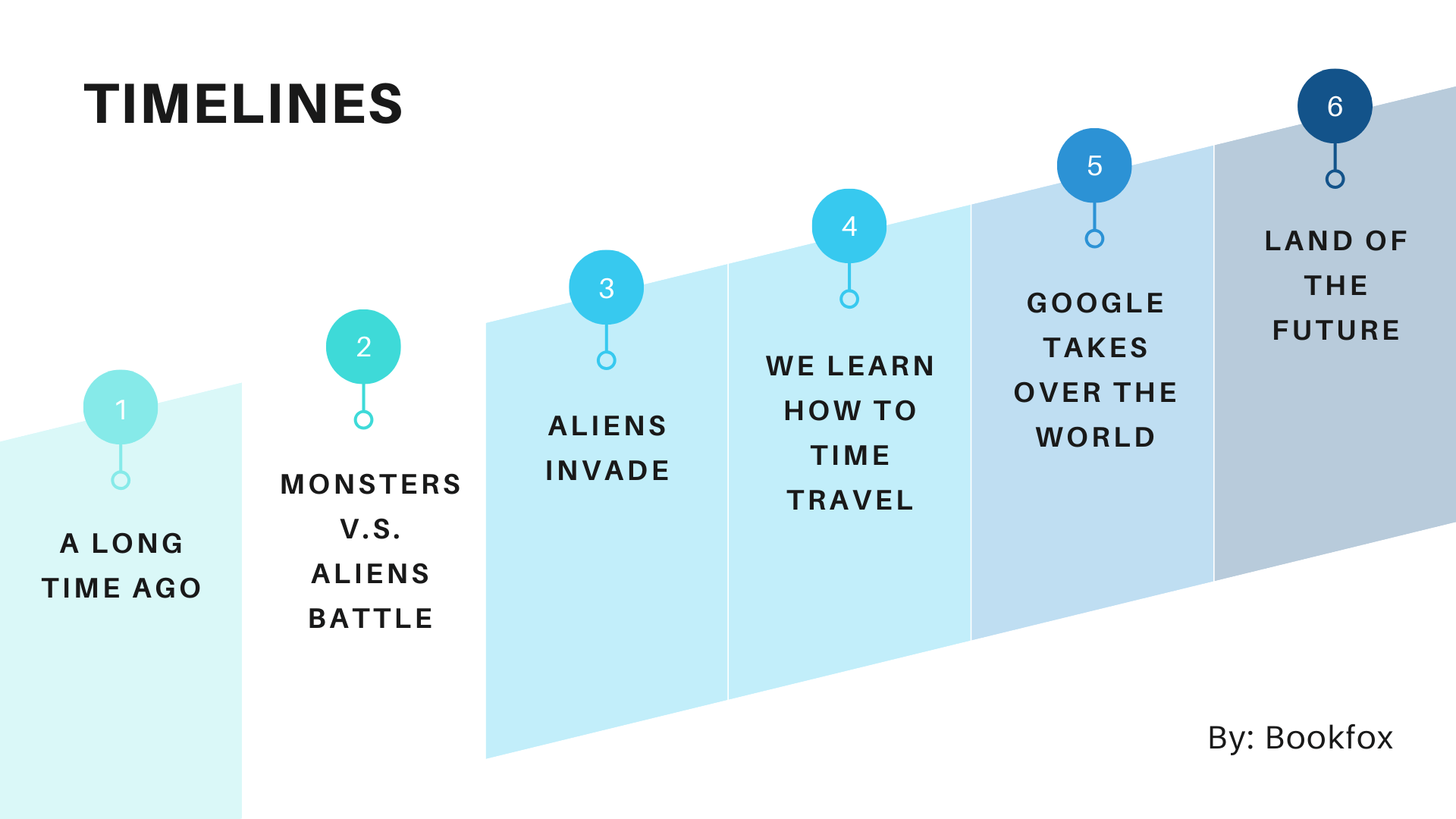
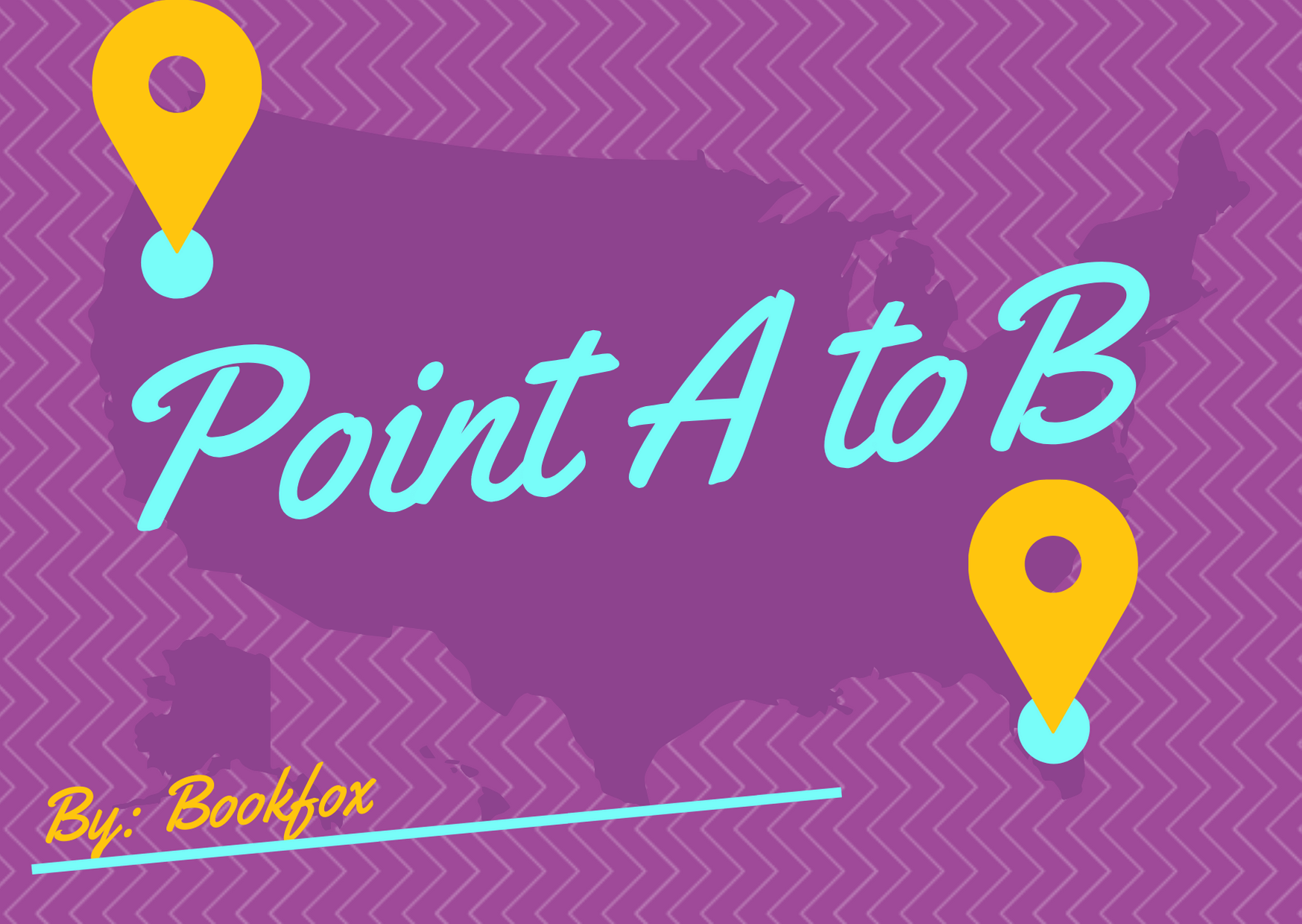
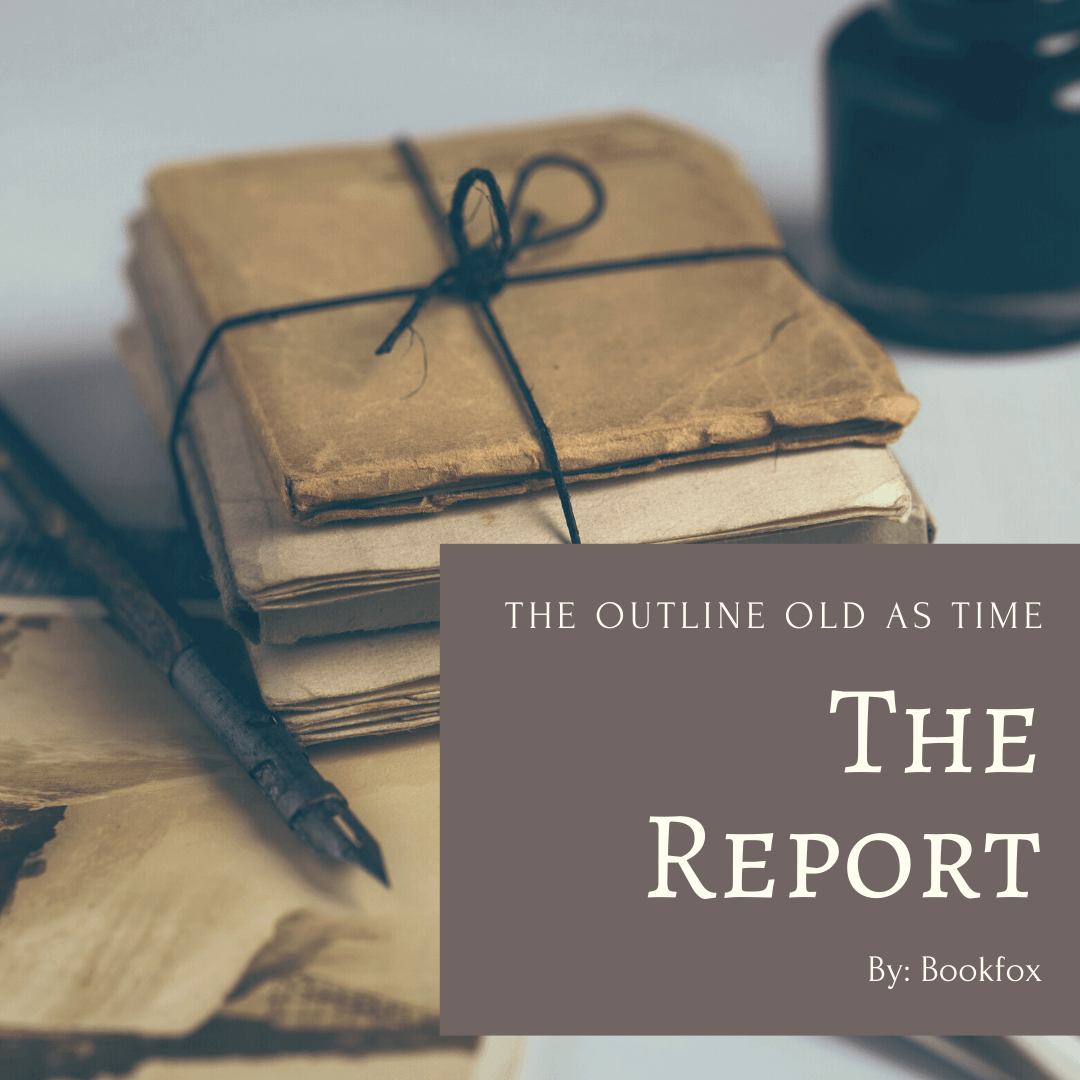

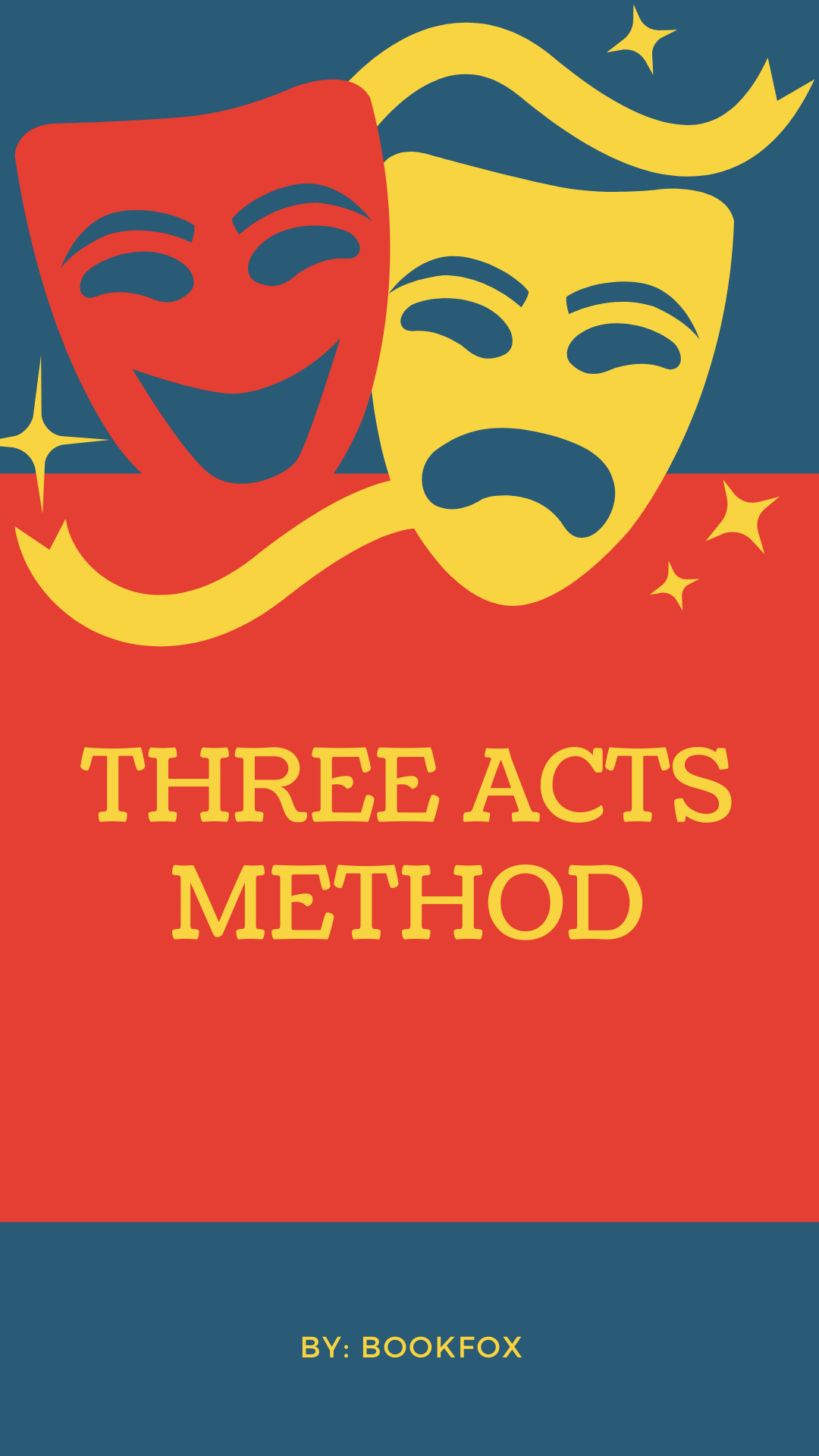
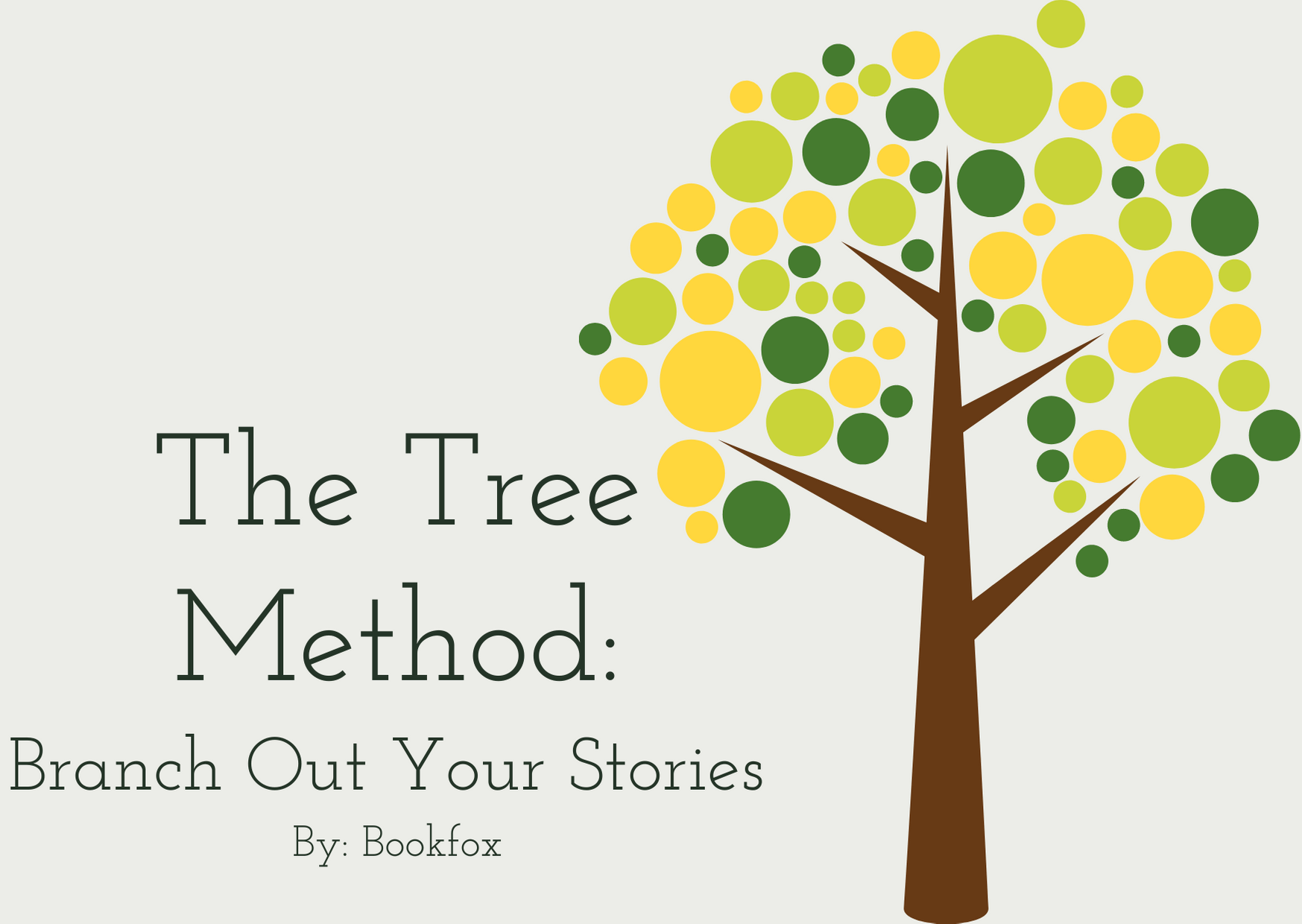
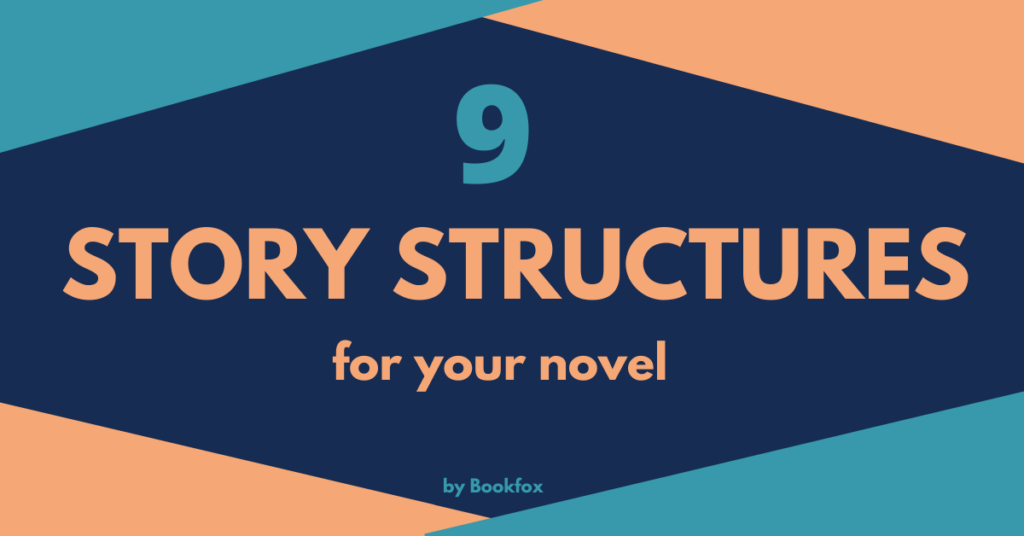
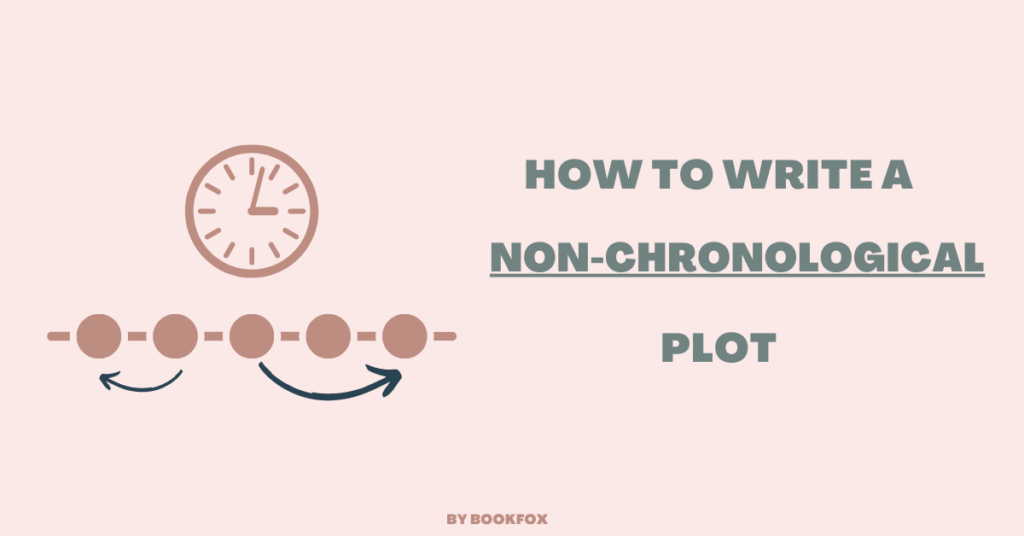

2 comments
This is very helpful. I’m working on a Novella and this has inspired me a lot. Thank you.❤
Hi,
I’m working on a novel named “The Adventures Writing Thrill” and I was looking for some tips to enhance my content so I read your post. This helped me a lot and I believe now my novel will be just an amazing piece of writing. Thanks a lot for the post. Keep sharing and motivate us to write.